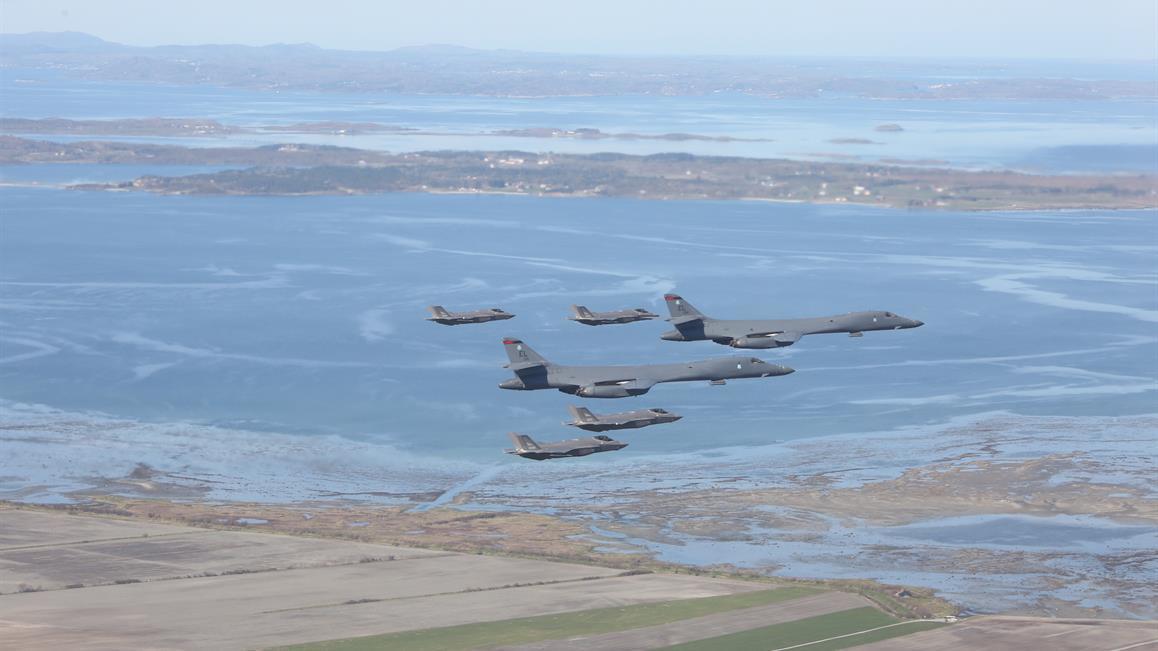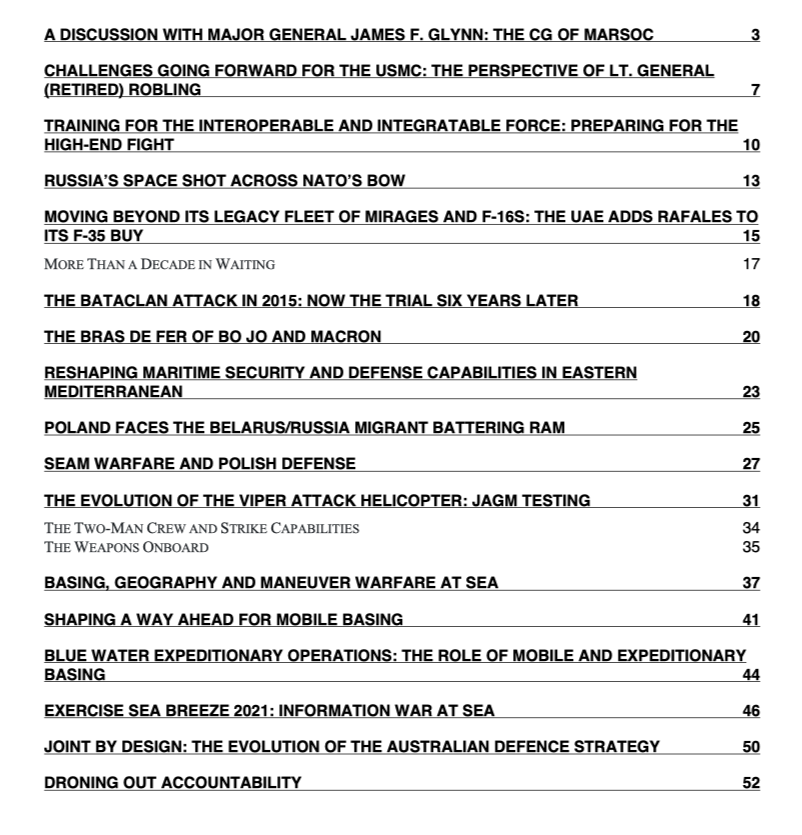By Australian Defence Business Review
Where once aircraft maintenance was conducted according to time passed and hours flown, the maturing field of digital fleet sustainment is delivering better maintenance with improved aircraft availability at reduced cost.
This concept isn’t new, but the greater accumulation of data, coupled with a growing use of machine learning and artificial intelligence, is making this the go-to tool for looking after expensive military aircraft.
Boeing Defence Australia Director of Sustainment Operations Amy List said this was genuinely game-changing, allowing for innovation in the sustainment of aircraft under their stewardship, increasing availability and reducing cost of ownership.
“I get really excited when we have new and innovative ways to make the fleets more available, more reliable and safer, and while we are doing that reducing the total cost of ownership,” she told a media briefing. “That’s really what digital sustainment is all about.”
Boeing Digital Engineering Manager Stephen Craig added, “Digital sustainment is really the intelligent use of data, automation and digital analysis techniques to optimise sustainment outcomes.”
A former RAAF aeronautical engineer, List said she had specialised in fleet sustainment since joining the Air Force back in the early 2000s.
“We have always had some access to data. What’s really changed is our ability to analyse,” she told ADBR. “We have so much more data on our fleets. We are able to process all of that data, get really strong predictive metrics on when we think aircraft might fail, or when aircraft components get ahead of that curve.”
Digital sustainment has been around a while and remains a capability yet to see its full potential, but it is rapidly becoming the new normal. In November last year, Defence Industry Minister Melissa Price released the Sovereign Industrial Capability Priority Implementation Plan for aerospace platform deeper maintenance and structural integrity. That plan places a high priority on industry to look after defence platforms.
“Australia needs involvement from all aspects of the industry value chain to deliver this critical ADF capability,” Minister Price said in the foreword to the plan. “This involvement incudes developing Australian industry capability, innovation and partnerships to make the most of new and emerging technologies.”
List said just about every aircraft component could be monitored. “Basically everything you can think of in an aircraft, from strain gauges on wings, to how heavy landings are, to how much the equipment gets used,” she said.
That also includes engines, with health monitoring right down to specific bleed air valves. “Clever people within our team have come up with their own ideas here,” List said. “As an example, we’ve noticed that when the bleed air gets to a particular temperature, we start to see problems. We build that into our systems.”
Boeing supports a diverse range of ADF platforms – the RAAF’s eight Boeing C-17A Globemaster transport aircraft, 24 Boeing F/A-18F Super Hornets, 11 Boeing EA-18G Growlers, the Army’s 12 Boeing CH-47F Chinook helicopters, and the 15 Airbus EC-135T2 helicopters used for initial flight training for Army and Navy aircrew.
That will extend to the Army’s 29 Boeing AH-64E Apache attack helicopters which will replace the Airbus Tiger armed reconnaissance helicopters from 2025. Then there are RAAF aircraft based on Boeing civil platforms – six E-7A Wedgetail airborne early warning and control aircraft and the eventual fleet of 15 P-8A Poseidon maritime patrol aircraft.
But List says the RAAF’s P-8As are operated very differently to their civil counterparts, the widely used Boeing 737NG civil airliner, whose crew do most of their training in simulators.
“(Commercial 737s) take off and they land ever so gently and they just do that over and over again, whereas our aircraft work hard,” she said. “The P-8s are doing low level maritime surveillance and that buffets the airframe around in way a civilian aircraft would never see. The pilots also do a lot more training in aircraft. They bang the aircraft in. They land on shorter airfields.”
Similarly, the RAAF’s C-17As and other transport aircraft are operated very differently to large civil aircraft, often operating from rough remote airfields. “We operate them really differently to a civilian fleet so it is really important that we are able to gather our data and make it really applicable to our uniquely Australian configuration, role and environment,” List said.
The potential of digital sustainment has been long recognised, though in some cases – as with any complex IT system – ambitions seem to have exceeded initial capabilities. That appears to have been the situation with F-35. From the outset of the Joint Strike Fighter (JSF) program it was envisaged that this fifth generation fighter would be supported by way of a computerised maintenance management system called ALIS – Autonomic Logistics Information System.
The underlying objective of ALIS was to increase aircraft reliability and availability while streamlining maintenance and reducing costs. It was intended that one system of systems would manage support for every F-35 in every national fleet around the world. This vast and complex system acquires aircraft performance data in fight, reporting to maintenance personnel in near-real-time, predicting component failures and indicating when parts need to be replaced.
ALIS schedules and tracks aircraft maintenance, and manages the supply chain and parts inventory. ALIS’s operations system plans and debriefs missions, and its training system tracks pilot and maintainer training records.
It’s well-known that the JSF program has experienced many challenges, and getting ALIS to work properly has been among the most challenging. In its latest report released in July 2020, the Government Accountability Office (GAO) detailed visits to five US bases hosting the growing fleet of F-35 aircraft, talking to pilots, maintainers and contractors.
Their verdict was that ALIS was actually performing much better than it was five years ago. But many issues remained, particularly relating to inaccurate or missing data which led ALIS to recommend some F-35s be grounded when the maintainers knew they were fit to fly.
Lockheed Martin and the F-35 Joint Program Office (JPO) in the Pentagon now plan to abandon ALIS and replace it with a cloud-based system called ODIN – Operational Data Integrated Network – which they say will be ready by December 2022.
The F-35 will eventually feature a fully effective, integrated digital sustainment system. There is simply no going back to the days of paper-based manuals. It’s such an alluring capability that it is increasingly being applied to platforms everywhere, and not just by the big players.
Queensland engineering firm TAE Aerospace has developed an innovative tank engine monitoring system for the Army’s M1A1 Abrams tank fleet. With just 59 tanks, Australia is the world’s smallest Abrams operator. But TAE believes its technology would be of interest to the world’s biggest Abrams operator – the US military – with its more than 3,000 tanks.
While the US military operates many of the same platforms as the ADF but in much larger numbers, the US experience isn’t always applicable to Australia. One example is the Super Hornet and Growler. List said the worldwide fleet of Super Hornets numbers more than 400, most of which are operated by the US Navy.
“In our structural life analysis, we are finding different results from the way we operate our Super Hornets to the global fleet,” she said. “The US Navy flies their Supers off aircraft carriers and really slams them onto the deck. We obviously fly longer distances and refuel a lot more.”
The COVID-induced downturn in defence activities demonstrated another useful application, beyond looking after individual platforms. List said no-fly periods during COVID didn’t mean there was no maintenance liability. Some maintenance is time related, so aircraft just sitting on the ramp still needed some servicing. “When you are not flying aircraft the maintenance activities start to pile up,” she said.
But the Government still requires the RAAF to be able to deliver a certain number of aircraft available for operations – which might not be achievable because of accumulating maintenance.
“Through COVID we were able to do this analysis on all our fleets and work with our capability managers to say ‘you can keep your pilots home for about, for example, three months, but then you really going to have to start flying again’,” List said. “Otherwise you are going to face a huge capability issue maybe 12 months, maybe two years down the track. Because we understood exactly how the fleet worked, we were able to do all this prediction.”
COVID has spurred other advances in digital sustainment. The US had never entrusted Australians to perform a particular very specialised C-17 maintenance task involving explosives.
When the work fell due, they would fly the specialists out from the US but, with COVID restrictions, fly-in fly-out maintenance wasn’t possible. The alternative was for RAAF technicians to don Microsoft HoloLens augmented reality glasses and perform the task, guided by the US personnel who could see – in real-time – exactly what the Aussies were seeing. When completed, the US experts could then certify it had been done to their satisfaction.
“That is just a huge increase in our ability to make the aircraft available. It also saves an awful lot of money for the Air Force,” List said. “They are really excited about that. Since then we have done some other trials, taking the glasses when we have deployed to the Pacific Islands. We don’t want to fly a whole bunch of technicians out there, we just want to fly a few and then we can use the glasses to do the task.”
Despite advances such as these, the RAAF isn’t yet inclined to see all C-17 maintenance performed in Australia. “All the deeper maintenance is done in San Antonio for the whole global fleet (of about 275 aircraft), and there are some real benefits achieved by that,” she said.
Digital technology is also delivering new abilities to deal with issues of aircraft structural integrity. Data from airframe strain gauges and inspections is all logged in what’s called the Boeing Maintenance Workflow Analytics (BMWA) tool, and that’s delivering a picture of the airframe structure modelled in 3D, showing hotspots requiring attention.
“Cracks are easy because you can see them,” List explained. “What’s troubling is where you have some sort of sub-surface degradation that you could normally only tell by using non-destructive examination such as X-rays.
“It can be really difficult to get into the structure to do that,” she added. “By monitoring it, we can be really focused on when we do need to strip down an aircraft to have a look at that. We are looking at tying that in with the autonomous inspection.”
This article was published by ADBR on November 5, 2021 and was written by Max Blenkin.
Featured Photo: The RAAF has pioneered the use of the Hololens during COVID to conduct complex maintenance on its C-17s that would have otherwise been conducted by specialists from Boeing. (ADF)







